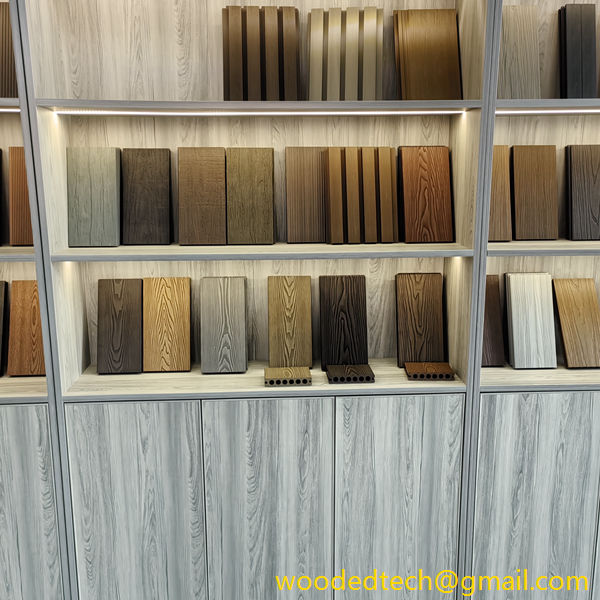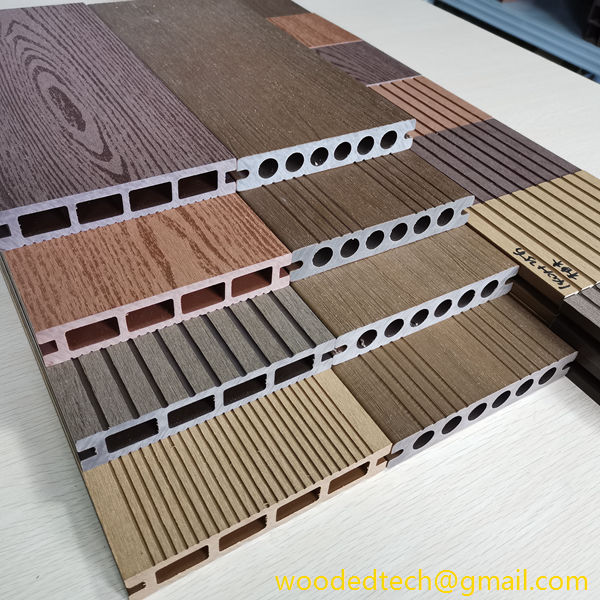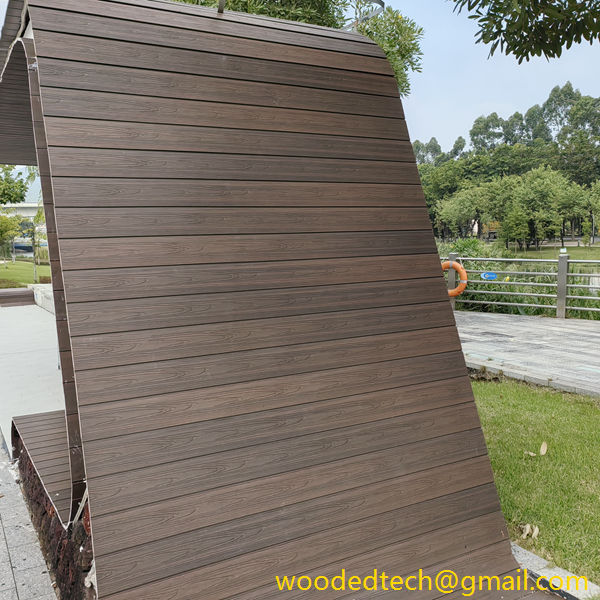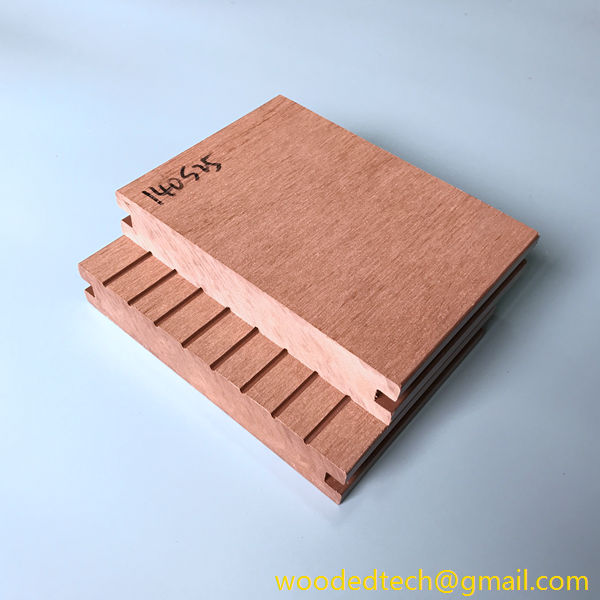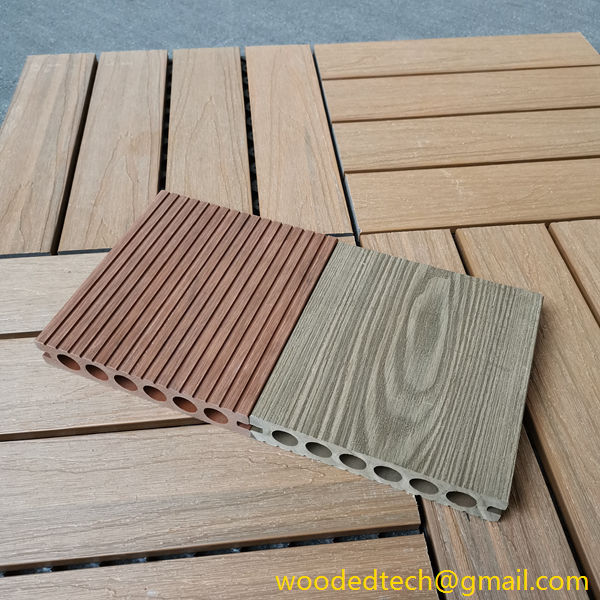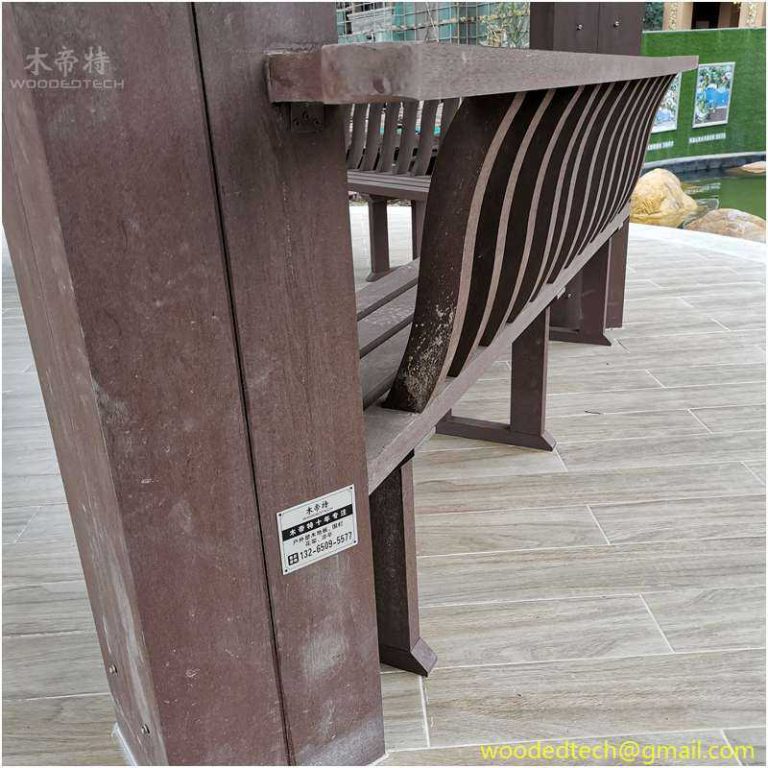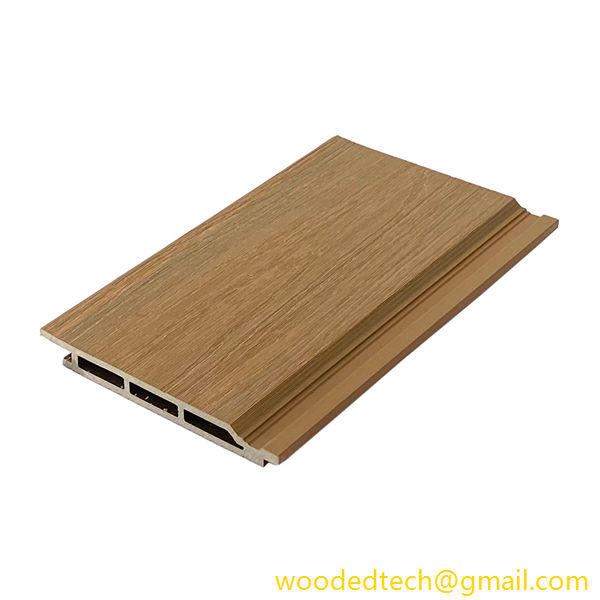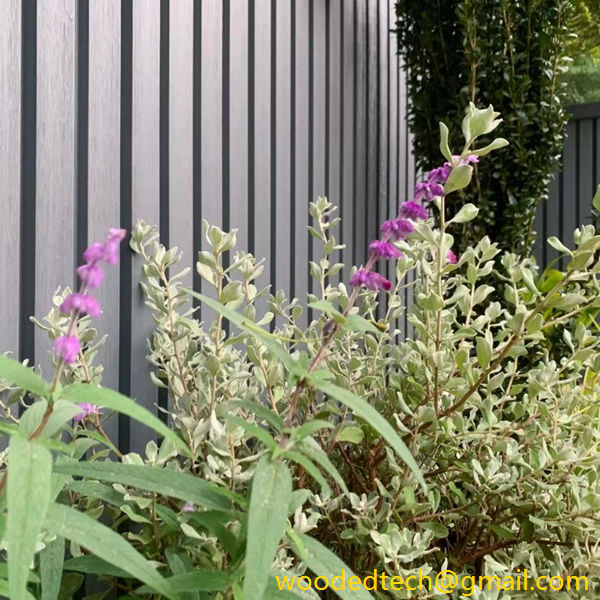Explore WPC Deck Paneling Options for a Stylish Finish
Explore WPC Deck Paneling Options for a Stylish Finish When considering outdoor spaces and the various ways to enhance them, one of the most exciting options available today is WPC deck paneling. Wood-Plastic Composite, or WPC, has emerged as a popular choice for decking among homeowners and builders alike, thanks to its unique blend of…
Explore WPC Deck Paneling Options for a Stylish Finish
When considering outdoor spaces and the various ways to enhance them, one of the most exciting options available today is WPC deck paneling. Wood-Plastic Composite, or WPC, has emerged as a popular choice for decking among homeowners and builders alike, thanks to its unique blend of materials that offers both aesthetics and functionality. As we delve deeper into the WPC deck paneling options, we discover a wealth of possibilities that can help transform your outdoor living area into a stylish and elegant retreat.
One of the most significant advantages of WPC deck paneling is its versatility in design. Available in a multitude of colors, textures, and finishes, WPC allows homeowners to create personalized styles that reflect their tastes. Whether someone prefers a traditional wooden look or a modern, sleek aesthetic, WPC can cater to these demands. Many manufacturers offer wood grain finishes that closely mimic the appearance of natural wood, providing a timeless and classic appeal. Conversely, smooth or matte finishes can present a contemporary look that complements modern architecture.
Moreover, the color range available in WPC material is vast. From natural browns and grays to vibrant hues like reds and blues, homeowners can select a color palette that enhances their outdoor decor. This wide array of options ensures that WPC deck paneling can match or complement existing structures, including fences, patios, and furniture. This capability allows homeowners to achieve a cohesive and thoughtfully designed outdoor space.
In addition to visual appeal, WPC deck paneling excels in functionality. One of the primary concerns with traditional wood decks is maintenance. Natural wood requires regular upkeep, such as staining, sealing, and sanding, to prevent decay, warping, and splintering. Conversely, WPC is designed to withstand the elements. It is resistant to moisture, meaning that it won’t absorb water like wood does. This feature reduces the risk of mold and mildew growth, making it an ideal choice for humid climates. Additionally, since WPC does not splinter, it provides a safe surface for barefoot walking, particularly beneficial for families with small children or pets.
Another notable point regarding WPC deck paneling is its longevity. Made from a mixture of recycled wood fibers and plastic, WPC combines the best properties of both materials. It is designed to endure a wide range of temperatures and weather conditions, securing its status as a durable option for outdoor decking. Many manufacturers provide warranties ranging from twenty to thirty years, emphasizing the long-term commitment and quality of their products.
Furthermore, WPC is an environmentally friendly choice for decking materials. As it is made from recycled materials, choosing WPC deck paneling supports sustainable practices. This appeal to eco-conscious consumers has become increasingly important as people seek out products that align with their environmental values. By opting for WPC, homeowners can contribute to the reduction of deforestation and promote a more sustainable building industry.
Installation of WPC deck paneling also presents benefits over traditional wood products. Many systems are designed for easy installation, often featuring interlocking mechanisms or clip systems that simplify the process. This user-friendliness means that homeowners can often undertake the project themselves or hire a professional for a straightforward installation at a reasonable cost. The ability to install the panels without the need for extensive tools saves time and money, making it an attractive option for many.
An essential aspect to consider when selecting WPC deck paneling is its texture. Homeowners have the option to choose between embossed, brushed, or smooth surfaces. Each texture provides different tactile experiences and appearances. Embossed surfaces can enhance slip resistance, making them excellent for wet areas such as around pools. Brushed textures offer a more rustic feel, while smooth finishes provide a polished elegance. Your choice of texture should align with both aesthetic preferences and practical considerations for your specific outdoor layout.
While WPC deck paneling is an exemplary choice for many, it is essential to address potential drawbacks. For instance, while WPC is resistant to fading and staining, some products may fade over time with prolonged exposure to sunlight. Therefore, it’s critical to select high-quality materials that come with UV protection. Additionally, while many advanced WPC products do an excellent job of mimicking the appearance of natural wood, some consumers may prefer the genuine feel and aroma of real wood.
In conclusion, WPC deck paneling offers a fantastic array of options that combine aesthetics, durability, and sustainability. With various colors, textures, and installation options, it allows homeowners to craft a unique outdoor environment. Moreover, its resistance to environmental elements and low-maintenance characteristics enhance its appeal as a decking solution. As outdoor spaces become increasingly important to our lifestyles, exploring WPC deck paneling options not only adds style and functionality to these areas but also reflects a modern approach to outdoor living, aligning beauty with practicality. By incorporating WPC into your design, you’re making a choice that is as stylish as it is sensible. This makes WPC deck paneling not just a surface to walk on, but a fundamental component of a well-designed outdoor space.

